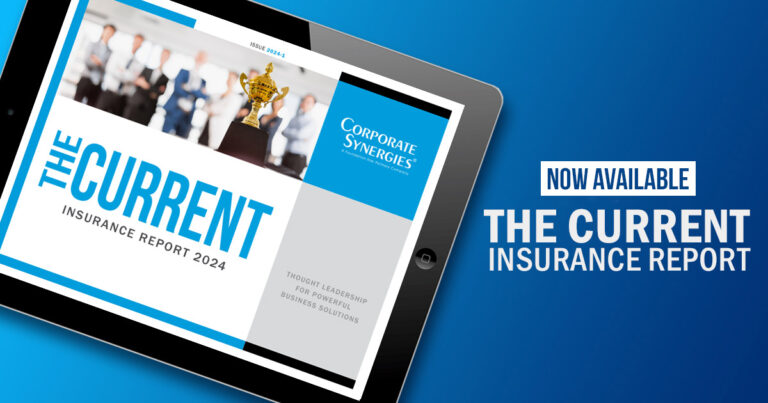2023 is almost over and with it a year of intense volatility. A 2023 report by the American Psychological Association noted that adults aged 35 to 44 experienced the highest increase in mental health diagnoses, 45%, up from 31% in 2019. Some of the fallout from this can be seen in workplace burnout and its effects on employees and organizations.
It is important to understand that workplace burnout is specific to a person’s job and occupation. However, this is not about that one email or paper getting stuck in the printer at the last minute before a big meeting. The potential causes are about larger patterns with issues that range from excessive workloads to interpersonally toxic or unfair work environments. None of which are simple concerns to address for employers. Still, understanding the signs and symptoms of workplace burnout can help everyone be better prepared to meet its challenges.
Burned out employees are more likely to have a workplace absence greater than two weeks.
There are three dimensions to workplace burnout to consider:
- Feelings of energy depletion or emotional exhaustion
- Increased mental distance from and/or negative feelings toward one’s work
- Reduced sense of efficacy at work
Burned out employees are also associated with a higher risk of physical and psychological ailments such as heart attacks and depression. Employees who experience workplace burnout are more than half as likely to have a workplace absence greater than two weeks due to illness. They are more likely to actively seek another job and often feel less confident in their performance. Where an employee struggles, the employer often suffers. All of the above is associated with higher costs: 15-20% of total payroll in voluntary turnover costs, on average, are due to burnout.
Which is why, as complicated as the situation might be, figuring out ways to mitigate workplace burnout is important for the long-term benefit of employers and employees.
- Prioritize employee well-being: Some employers have responded to the ongoing mental health crisis with improved telemedicine and voluntary benefit offerings for their employees. This is good but leveraging your EAP and offering enhanced mental health benefits is only one part of the solution. Prioritizing employee well-being as an organization makes managing the signs of burnout crucial. Employers should confirm that the way in which employee well-being is discussed in the workplace complements the messaging around using mental health benefits. Otherwise, enhanced benefits alone may not solve the issue. Consider how this can foster a work environment where employee well-being is perceived as valued.
- Survey employee experience: A post-open enrollment employee survey gives HR an idea of employee benefits satisfaction and evaluates the enrollment process while identifying areas for improvement the following year. Organizations should do the same with overall workplace satisfaction periodically. This will help employers to identity key employee concerns and help inform strategies for addressing and in the future, preventing workplace burnout. An employee’s exit interview should not be the first time an employer hears about workplace issues.
- Consider an employee resource group: Employees thrive when they are being heard and supported by their environment. Employee resource groups can provide personnel with a safe space to discuss their personal experiences and frustrations. Partnering with an employee resource group can help employers cultivate an inclusive, supportive workplace that promotes a sense of trust and confidence that workers have each other’s back. It encourages teamwork and a collegiate atmosphere while also providing employers with a better understanding of their employee needs.
Addressing workplace burnout will never be simple but communication and knowledge are power here. As you start to plan for a better 2024, think about what small steps can provide better insights into how employers and employees can take care of each other.
Sources
American Psychological Association “Employers need to focus on workplace burnout”
Gallup “How to Prevent Employee Burnout”





